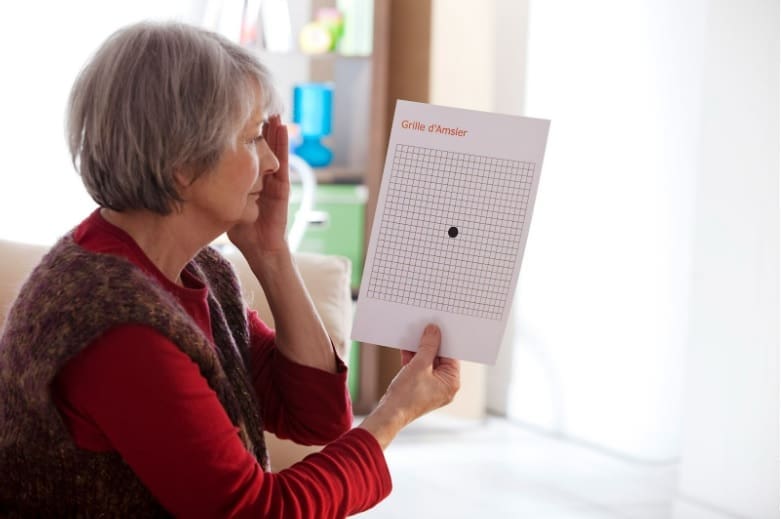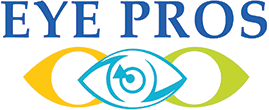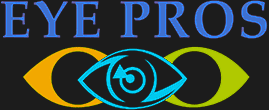Glaucoma
Detecting the Silent Threat to Vision: Glaucoma

Understanding Glaucoma
Glaucoma typically manifests as increased pressure within the eye, which gradually damages the optic nerve. Over time, this pressure build-up leads to optic nerve impairment. Initially, blind spots may develop in the peripheral vision, eventually encroaching upon central vision. Often referred to as the “sneak thief” of sight, most forms of glaucoma progress silently, without noticeable symptoms, until significant vision loss has occurred. This progression can span many years.
Importance of Early Detection
Early detection is crucial in managing glaucoma and preventing permanent vision loss. Regular eye exams can help detect the disease in its early stages, allowing for timely intervention. Our commitment is to deliver comprehensive care, incorporating the latest research findings and advancements in glaucoma management. By detecting glaucoma early and implementing appropriate interventions, we strive to preserve your vision and safeguard your eye health.
Glaucoma Risk Factors
Certain factors can increase your risk of developing glaucoma, including:
- Age: People over 60 are at higher risk.
- Family History: A family history of glaucoma increases your risk.
- Medical Conditions: Conditions such as diabetes, high blood pressure, and heart disease can increase your risk.
- Eye Conditions: Severe myopia or previous eye injuries can also raise the risk.
Symptoms of Glaucoma
Glaucoma often progresses without noticeable symptoms. However, as the disease advances, you may experience:
- Blind spots in your peripheral vision
- Tunnel vision in advanced stages
- Eye pain and headaches
- Blurred vision
- Halos around lights
Glaucoma Diagnosis
A comprehensive eye exam is essential for diagnosing glaucoma. During the exam, your eye doctor will perform several tests, including:
- Tonometry: Measures the pressure inside your eye.
- Ophthalmoscopy: Examines the shape and color of the optic nerve.
- Perimetry: Tests your peripheral vision.
- Gonioscopy: Examines the angle where the iris meets the cornea.
- Pachymetry: Measures the thickness of your cornea.
Glaucoma Treatment Options
While there is no cure for glaucoma, treatments can help manage the condition and prevent further vision loss. Treatment options include:
- Medications: Eye drops or oral medications to reduce eye pressure.
- Laser Therapy: Procedures such as trabeculoplasty or iridotomy to improve fluid drainage from the eye.
- Surgery: Operations like trabeculectomy or the implantation of drainage devices to reduce intraocular pressure.
Glaucoma is a silent threat to vision that requires regular monitoring and early detection. Our team is dedicated to providing the highest standard of care to manage glaucoma effectively. By staying proactive with regular eye exams, you can help protect your vision and maintain your eye health.

